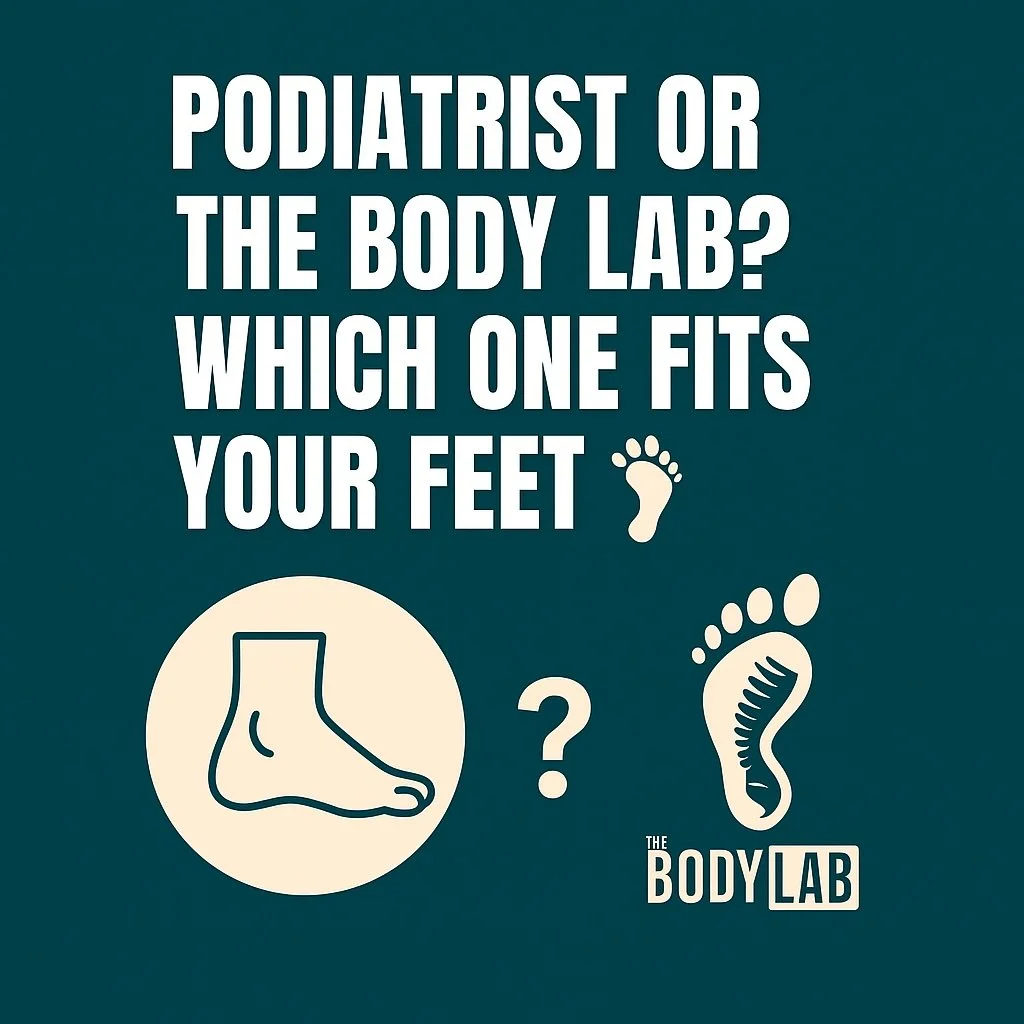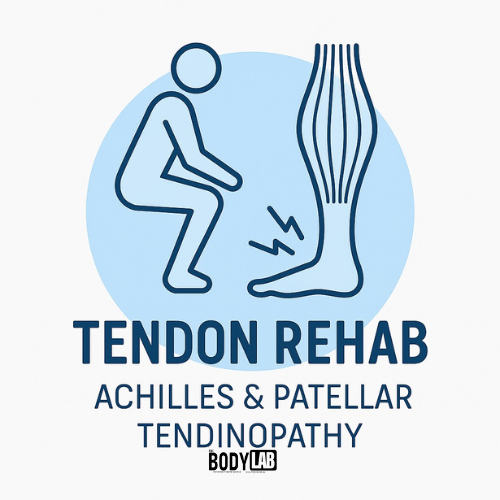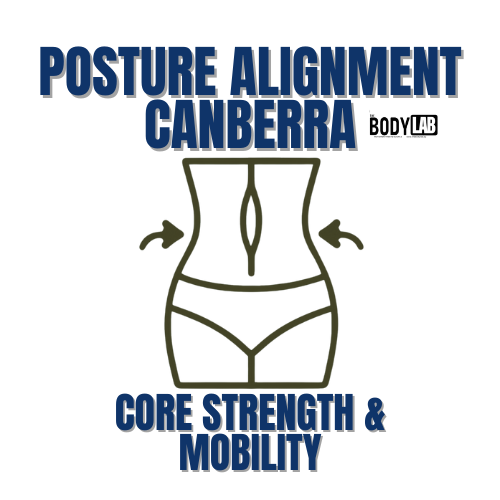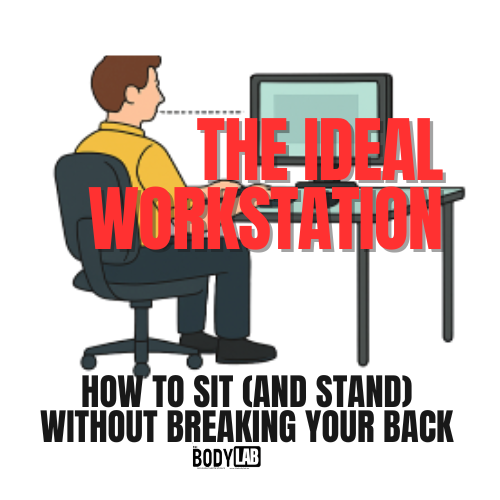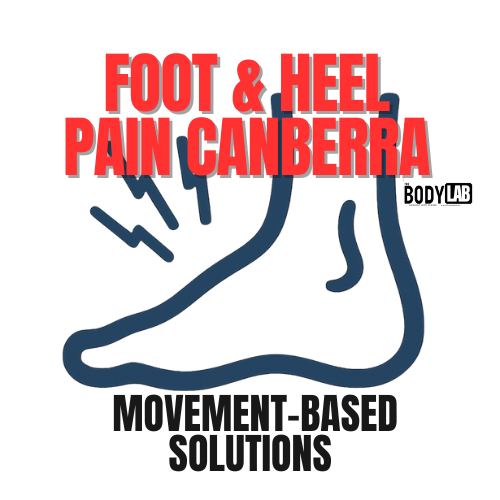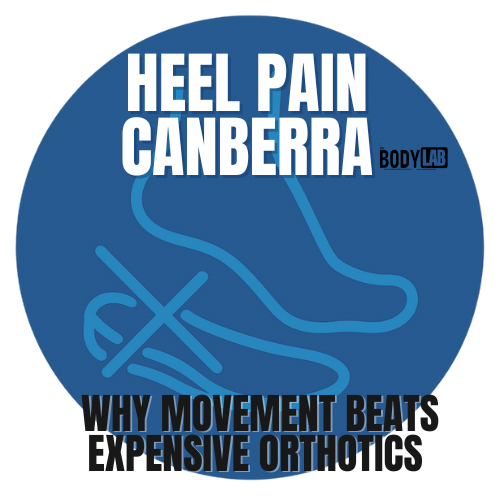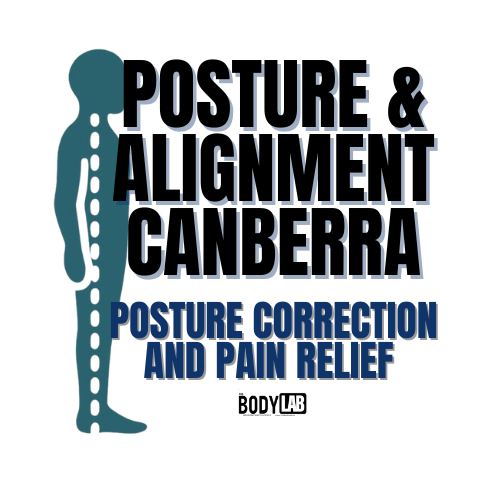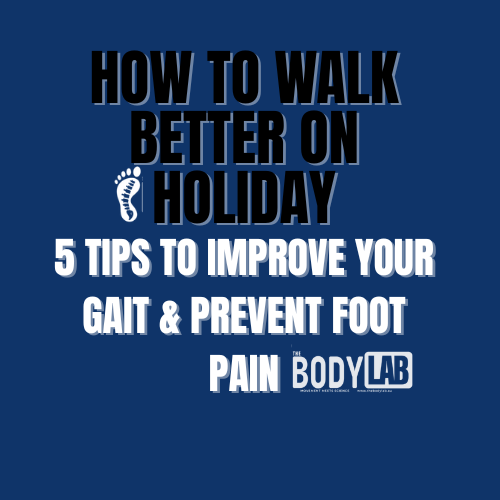Noisy Knees: What Does Knee Crepitus Mean for Your Joint Health?
Do your knees make snapping, crackling, or grinding noises when you move? If so, you’re not alone. A recent systematic review and meta-analysis revealed that knee crepitus (the audible or palpable sounds from the knee joint) is surprisingly common, affecting up to 41% of the general population and 81% of people with knee osteoarthritis (OA). But is that noise something to worry about? Let’s explore what knee crepitus means, its link to structural pathology, and how we can help you keep your knees healthy and pain-free.
What Is Knee Crepitus?
Knee crepitus refers to the sounds (pops, clicks, or grinding) or sensations that occur when the knee moves. While it can happen at any age and to anyone, the review highlights that it’s particularly prevalent in:
• Pain-free individuals: 36%
• People with ligament injuries: 35%
• Those with cartilage pathology: 61%
• Individuals with knee osteoarthritis: 81%
These noises often raise concerns about underlying joint damage, especially when they’re accompanied by pain, stiffness, or reduced mobility.
What Causes Knee Crepitus?
Knee crepitus can have several causes, some benign and others linked to structural issues in the joint. Common causes include:
1. Benign Crepitus: Often due to gas bubbles popping in the joint or normal movement of tendons and ligaments over bony structures.
2. Cartilage Changes: In conditions like osteoarthritis, cartilage may break down, leading to irregular joint surfaces that produce grinding noises.
3. Joint Effusion or Swelling: Excess fluid in the knee can alter movement mechanics.
4. Ligament Injuries or Weakness: These can lead to instability and abnormal joint movement.
5. Muscle Imbalances: Imbalanced strength or tightness in surrounding muscles can impact knee mechanics.
Is Noisy Knees a Sign of Trouble?
While knee crepitus is not always a cause for concern, the study found that individuals with noisy knees have a 3.79 times higher likelihood of having radiographic osteoarthritis and may exhibit features of OA on MRI. This means that knee crepitus could be an early indicator of joint changes, making it important to address before symptoms progress.
What Can Be Done About Knee Crepitus?
If knee noises are causing discomfort or concern, early intervention is key to maintaining long-term joint health. At The Body Lab, we take a comprehensive approach to assessing and treating knee issues. Here’s how we can help:
1. Movement Assessments: We analyze your gait and knee mechanics to identify imbalances or compensations contributing to crepitus.
2. Targeted Treatments:
• Acupuncture: To reduce inflammation and improve blood flow to the joint.
• Movement Therapy: Corrective exercises to optimize joint alignment and muscle activation.
• Biomechanics Education: Helping you understand how to move efficiently and protect your knees.
3. Strengthening & Stability Work: Building muscle strength around the knee to reduce strain on the joint and improve stability.
4. Foot & Hip Mechanics: Since the knee connects the hip and foot, we assess how these areas contribute to your knee health.
Why Choose The Body Lab?
At The Body Lab, we focus on root-cause solutions rather than short-term fixes. Whether your knee crepitus is caused by early joint degeneration, muscle imbalances, or poor movement patterns, we’ll create a tailored plan to help you regain pain-free motion and long-term joint health.
Book Your Knee Health Assessment Today!
If you’re worried about noisy knees or want to improve your joint health, schedule an assessment with us. Let’s address the root of the issue before it leads to more serious problems. Your knees will thank you!
REFERRENCE : https://bjsm.bmj.com/content/59/2/126.abstractStruggling with foot pain in Canberra? Learn when arch support actually helps, when it doesn’t, and why foot function matters more than arch shape.
Back pain is ridiculously common in Canberra — but that doesn’t mean you should put up with it. In this guide, we break down the real causes of back pain, when you actually need a scan, who to see, and why movement (not bed rest) is your secret weapon. Clear, evidence-based, and written with zero fear-mongering — just the facts, a little sass, and practical steps to start feeling better today.
“Neutral spine” isn’t stiff posture — it’s your spine’s stress-free, pain-free position. This blog explains what it is, how to find yours, and why it changes everything from walking to lifting. With clear demos, simple cues, and a link to our Core Reset: Spinal Mobility Program, you’ll learn how to move better, breathe better, and feel better.
Can you really fix years of bad posture? Yes — absolutely. Your body is adaptable at any age, and with the right movement strategy, strengthening, mobility work and expert posture assessment, long-term improvements are not only possible but surprisingly achievable. Learn how to correct rounded shoulders, forward head posture, pelvic tilt and spine stiffness, and why clients across Canberra come to The Body Lab for posture and movement therapy.
Ever wondered what actually happens during a cranial-sacral therapy session? At The Body Lab Canberra, we combine gentle CST with nerve releases and acupuncture — a unique approach you won’t find anywhere else in Canberra. Discover what a session feels like, how it helps headaches, TMJ, anxiety, concussion recovery and that “not quite right” feeling your body hasn’t been able to explain.
Induction rates in Canberra are higher than ever — but that doesn’t mean you’re out of options. This guide explores why births are being induced more often, what it means for your labour, and how acupuncture can naturally support cervical ripening, reduce stress, and help your body prepare for birth on its own timeline.
Tired of shin splints ruining your game? Discover the real causes behind shin pain and how The Body Lab helps footy, soccer, and league players move better and recover faster.
Every step you take depends on a brilliant piece of foot engineering called the Windlass Mechanism. This dynamic system—driven by your plantar fascia and big toe—lets your arch lift, your heel rise, and your body move efficiently. In this deep dive, Riccardo from The Body Lab Canberra explains how it works, what happens when it fails, and how to restore effortless motion through smarter foot mobility exercises and biomechanical insight.
Posture correction in Canberra doesn’t mean endless stretching or nagging to “sit up straight.” The Body Lab offers a biomechanics-based, movement-first approach that treats the root cause of neck and back pain through assessment, manual therapy, and posture retraining.
If bunion pain is limiting your movement, The Body Lab Canberra offers a smarter solution. Instead of relying on orthotics or surgery, Riccardo Galeotti uses biomechanics, gait retraining, and hands-on therapy to help you move freely again — from the ground up.
Podiatrist or The Body Lab Canberra? Learn how Riccardo Galeotti treats foot pain and plantar fasciitis through biomechanics and movement — not just needles or orthotics.
Knee pain isn’t just a knee problem. At The Body Lab Canberra, Riccardo Galeotti uses biomechanics, gait analysis, and tailored movement therapy to restore pain-free motion.
Curious if The Body Lab’s biomechanics workshops are right for you? Whether you’re a health professional looking to deepen your understanding of functional movement, or simply someone who wants to learn how their body really works, these hands-on workshops offer a unique approach to biomechanics — blending science, movement, and practical application from the ground up.
Protein isn’t just about muscle — it’s the chemistry behind movement, mood, and recovery.
At The Body Lab Canberra, we explore how amino acids like tryptophan, tyrosine, and glutamine fuel your brain, support your nervous system, and rebuild your body from the inside out. Learn the science, discover the best food sources, and see how protein underpins everything from stress recovery to smooth, coordinated movement.
Bunions aren’t just bumps. At The Body Lab Canberra, we treat the real cause — poor movement. Learn how exercise therapy and biomechanics can restore your feet naturally.
At The Body Lab, every treatment begins by calming your nervous system — because movement starts with safety. Through gentle nerve releases and neural mobilisation, we help your body shift from tension to flow, restoring fluid motion and connection. Discover how science backs the idea that “motion is lotion for your nerves” and why our Foundational Movement, Advanced Biomechanical, and Movement & Longevity Roadmap sessions all start with one goal: helping your nerves feel safe to move again.
Physio or The Body Lab? Compare Canberra’s movement options. Learn when to see a physiotherapist for acute injuries or Riccardo Galeotti for chronic pain and complex movement issues.
Did you know exercise changes your brain chemistry? A Tasmanian study has found that vigorous activity lowers levels of GFAP, a protein linked to dementia risk. This means that running, swimming, or any activity that gets you puffing could help keep your brain younger for longer.
Tendons love load—but only in the right amount. This guide explains how exercise prescription based on tendon strain can improve Achilles and patellar tendinopathy, with practical exercises, timelines, and tips for older adults in Canberra.
Discover how posture alignment in Canberra can be restored through mobility and core strength. Learn the latest research on diastasis recti, why mobility comes first, and how The Body Lab’s programs help you move better, reduce pain, and build lasting stability.
Ever feel like your desk is plotting against you? Poor workstation setups cause back pain, stiff necks, and endless discomfort. The fix? A few smart tweaks to your chair, desk, and daily habits. This guide breaks down the ideal ergonomic workstation setup—from sitting and standing desk posture to office chair ergonomics and healthy work habits. Plus, discover how our Canberra ergonomic workshops can help you fine-tune your setup and work without the aches.
If your first steps in the morning feel like walking on Lego or your arches ache after a day on your feet, we can help. At The Body Lab, we treat heel pain and foot problems with a movement-first approach that calms irritation, restores strength, and retrains how your feet move. Backed by current research—and taught by us to therapists nationwide—our programs build resilient, pain-free feet without the endless cycle of expensive orthotics.
Heel Pain Canberra: Why Movement Beats Expensive Orthotics
If your first steps in the morning feel like walking on Lego, you’re not alone. At The Body Lab, we treat heel pain with a movement-first approach that calms irritation, restores load tolerance, and keeps you off the endless orthotics treadmill. Backed by the latest research—and taught by us to therapists across Australia—our plan builds resilient feet that move better, not weaker.
Struggling with neck tension, back pain, or feeling like a human question mark? At The Body Lab Canberra, we specialise in posture and alignment. Discover how simple cues and evidence-based movement therapy can reset your stance, improve breathing, reduce pain, and keep you moving with ease.
Going on a walking holiday? Don’t let poor foot mechanics ruin your trip. Discover how to walk smarter (not harder) with these practical tips and a simple 4-week plan to get your feet travel-ready—no orthotics required.
A Sydney-based practitioner shares their experience at Riccardo’s Mastering Foot Mechanics workshop—an engaging, practical, and foot-nerdy day of learning that delivered real results with minimal reps.











